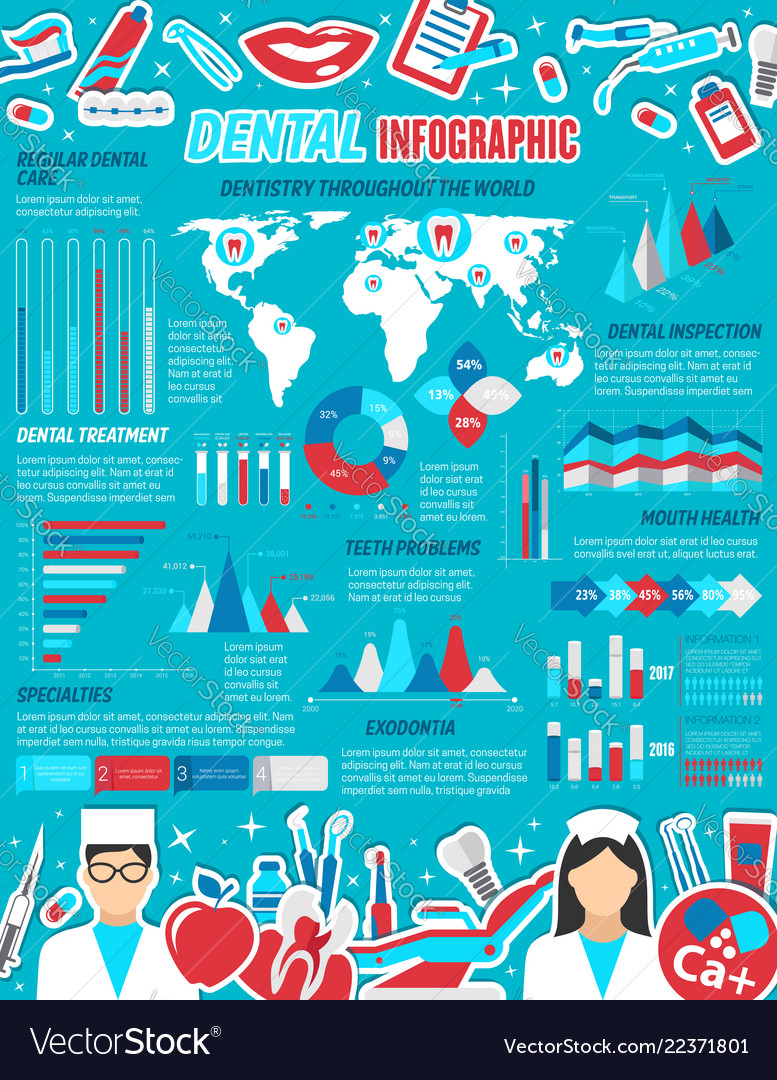The Perspective Of Oral Surgery: Revolutionary Innovations And Enhancements Forming The Profession
The Perspective Of Oral Surgery: Revolutionary Innovations And Enhancements Forming The Profession
Blog Article
caring dental -Johannsen Dowd
Invite to the globe of dental surgery, where technologies and breakthroughs are shaping the future of the field! In this interesting realm, you'll witness the transformative power of robotics, the advanced wonder of 3D printing, and the game-changing impact of minimally invasive methods.
The future of oral surgery holds a promise of accuracy, efficiency, and enhanced individual outcomes. With why not try this out of innovative robotics, doctors have the ability to execute complicated procedures with higher precision and control.
3D printing modern technology is reinventing the creation of dental implants and prosthetics, using tailored remedies that fit effortlessly into each patient's distinct composition.
Furthermore, minimally invasive methods are lowering post-operative pain and healing time, allowing individuals to return to their lives quicker.
Get ready to check out the interesting innovations and breakthroughs that are reshaping the landscape of oral surgery!
Developments in Robotics
One significant development in oral surgery is making use of robotic technology, which enables precise and effective surgeries. With the help of robot systems, oral cosmetic surgeons have the capability to execute complicated surgical treatments with boosted precision, minimizing the risk of human mistake.
These robot systems are geared up with innovative imaging innovation and precise tools that make it possible for cosmetic surgeons to navigate via intricate anatomical frameworks with ease. By making use of robotic technology, doctors can accomplish higher medical accuracy, causing improved individual outcomes and faster healing times.
In addition, making use of robotics in dental surgery permits minimally intrusive procedures, minimizing the trauma to surrounding tissues and advertising faster recovery.
3D Printing in Dental Surgery
To improve the field of oral surgery, you can explore the subtopic of 3D printing in oral surgery. This cutting-edge modern technology has the prospective to reinvent the way oral specialists run and treat patients. Here are 4 crucial methods which 3D printing is forming the area:
- ** Customized Surgical Guides **: 3D printing enables the production of highly accurate and patient-specific medical overviews, enhancing the precision and effectiveness of treatments.
- ** Implant Prosthetics **: With 3D printing, dental cosmetic surgeons can develop personalized dental implant prosthetics that completely fit an individual's one-of-a-kind makeup, leading to better results and individual fulfillment.
- ** Bone Grafting **: 3D printing makes it possible for the manufacturing of patient-specific bone grafts, reducing the requirement for conventional grafting techniques and boosting recovery and healing time.
- ** Education and Educating **: 3D printing can be made use of to create reasonable medical designs for academic functions, permitting oral cosmetic surgeons to practice intricate procedures before performing them on individuals.
With its potential to boost precision, modification, and training, 3D printing is an interesting advancement in the field of dental surgery.
Minimally Invasive Techniques
To even more progress the field of dental surgery, accept the possibility of minimally invasive techniques that can greatly benefit both specialists and clients alike.
Minimally intrusive methods are transforming the field by lowering medical trauma, decreasing post-operative discomfort, and accelerating the recovery process. These methods include using smaller sized cuts and specialized tools to execute treatments with precision and efficiency.
By using advanced imaging technology, such as cone beam of light calculated tomography (CBCT), surgeons can precisely prepare and execute surgeries with minimal invasiveness.
Additionally, making continue reading this of lasers in dental surgery allows for accurate cells cutting and coagulation, resulting in lessened blood loss and minimized recovery time.
With minimally invasive strategies, clients can experience faster healing, lowered scarring, and enhanced end results, making it a necessary aspect of the future of dental surgery.
Conclusion
So, as you can see, the future of dental surgery is unbelievably promising, with exciting developments and advancements forming the area.
From the improvements in robotics to using 3D printing and minimally intrusive methods, dental surgeons are reinventing the method they supply treatment.
While some may fret about the potential price connected with these developments, it is essential to bear in mind that these innovations inevitably enhance client results and lower recuperation time, making them well worth the financial investment in the long run.
